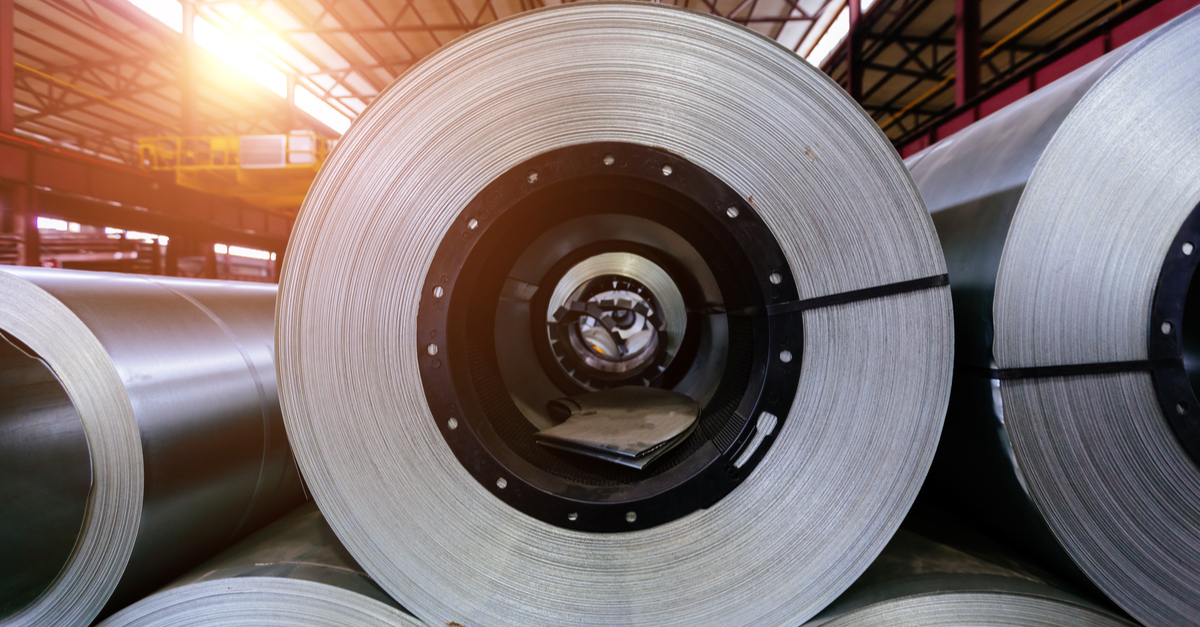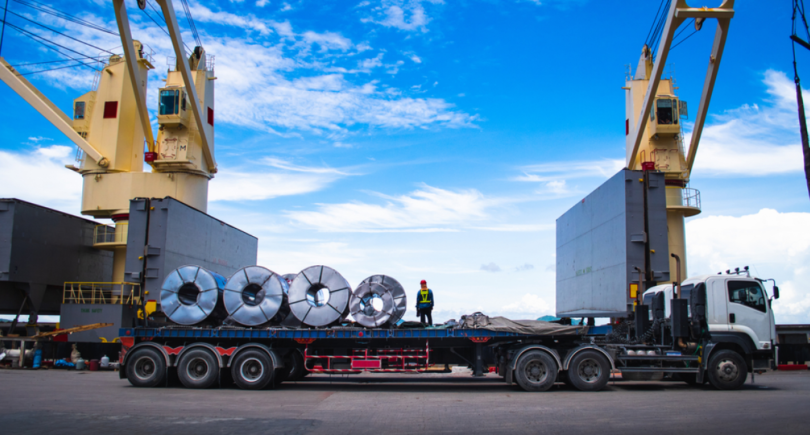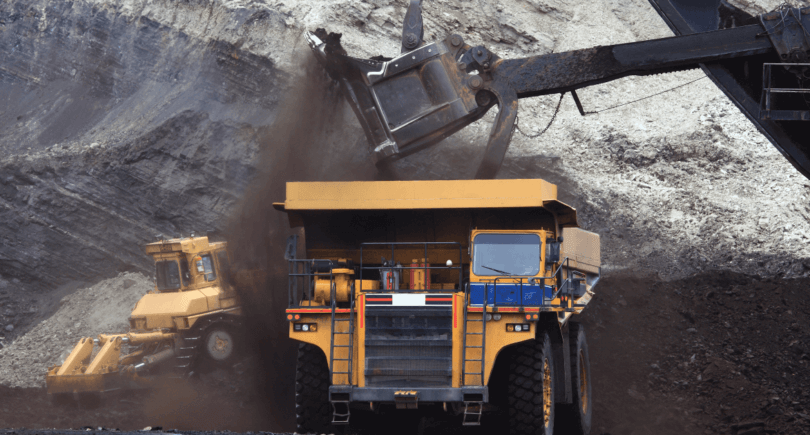
News Global Market steel demand 6428 10 April 2024
In 2025, steel consumption will reduce the growth rate to 1.2% y/y
The World Steel Association expects steel demand to grow by 1.7% in 2024 compared to 2023, to 1.79 billion tons. This is stated in the association’s short-term forecast.
In 2025, the demand for steel will grow by 1.2% compared to 2024 – up to 1.81 billion tons.
«After two years of negative growth and severe market volatility since the COVID crisis in 2020, we see early signs of global steel demand settling in a growth trajectory in 2024 and 2025,» comments Dr. Martin Theuringer, Chairman of the WorldSteel Economic Committee.
The global economy continues to show resilience despite some headwinds, including the lingering impact of the pandemic, Russia’s invasion of Ukraine, high inflation, high input costs, rising geopolitical uncertainty and monetary tightening.
China’s steel demand in 2024 will remain roughly at the level of 2023 as real estate investment continues to decline, but this loss will be partially offset by increased investment in infrastructure and manufacturing sectors. In 2025, Chinese steel demand will return to a downward trend with a 1% decline. At the same time, in 2023, according to the association’s estimates, steel demand in China fell by 3.3%.
In general, the global steel demand forecast, excluding China, is for growth of 3.5% in 2024-2025.
India is expected to grow at the highest rate, by 8% in 2024 and 2025. This will be driven by the sustainable development of all steel-consuming sectors, and especially by a sharp rise in infrastructure construction. India’s steel demand is forecast to be almost 70 million tons higher in 2025 than in 2020.
Developing countries, in particular MENA and ASEAN, will show an acceleration in steel demand growth in 2024-2025 after a significant slowdown in 2022-2023. In developed countries, the figure will grow by 1.3% in 2024 and 2.7% in 2025, driven by improved performance in the EU, the US, Japan and Korea.
Europe remains the region that currently faces the greatest challenges: geopolitical changes and uncertainty, high inflation, monetary tightening and partial withdrawal of fiscal support, and still high energy and commodity prices. The persistence of these factors has led to a significant drop in steel demand in 2023 to the lowest level since 2000 and a significant downward revision of the forecast for this year. In 2025, EU steel demand is expected to recover by 5.3% after a slight increase in 2024.
Unlike the EU, steel demand in the US continues to show healthy fundamentals. In 2024, it will recover after a sharp drop in 2023 due to increased investment in housing projects.
Among the risks for 2024-2025 for the steel industry, the association notes further escalation of geopolitical tensions, inflationary pressures, and high and growing public debt. These factors could undoubtedly slow down the current economic recovery or even derail it.
As GMK Center reported earlier, Fitch Ratings predicts that steel demand will grow in most regions in 2024. The steel markets will be largely balanced and in a slightly better condition than in 2023. The key drivers of steel demand, according to analysts, will be the automotive industry and infrastructure, especially related to the energy transition.




